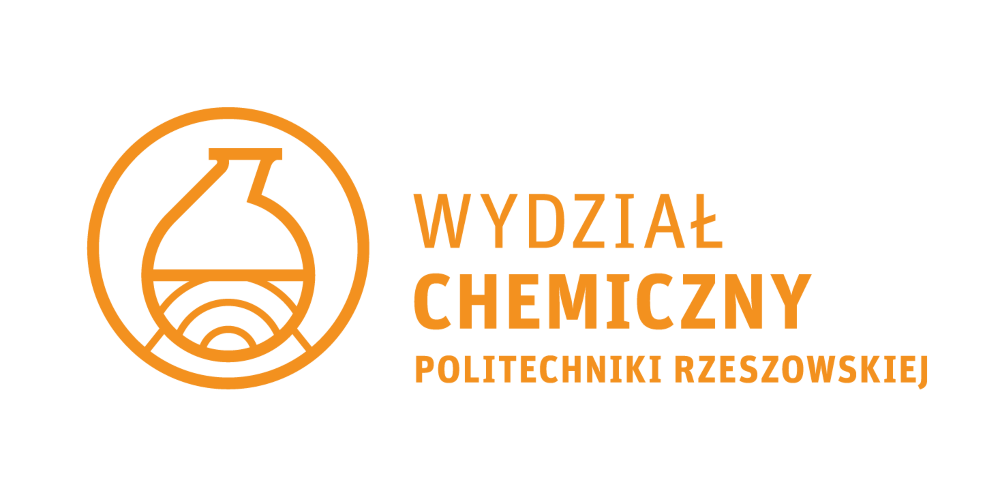

Optimization in process engineering
Some basic information about the module
The aim of studying and bibliography
The main aim of study:
After completing the course, the student can formulate an optimization model in the field of production processes as well as technological systems. He can solve the optimization model and interpret the correctness of the obtained results.
The general information about the module:
The module is implemented in the second semester. It includes 15 hours of lecture and 15 hours of laboratory. The module ends with a credit.
Bibliography required to complete the module
| 1 | J. Jeżowski, A. Jeżowska | Optymalizacja systemów procesowych | Oficyna Wydawnicza Politechniki Rzeszowskiej. | 2011 |
| 2 | J. Jeżowski, A. Jeżowska | Wprowadzenie do optymalizacji matematycznej w inżynierii chemicznej i procesowej | Oficyna Wydawnicza Politechniki Rzeszowskiej. | 2011 |
| 3 | J. Jeżowski, A. Jeżowska | Optymalizacja procesów i aparatów. Wybrane problemy z zakresu inżynierii chemicznej i procesowej | Oficyna Wydawnicza Politechniki Rzeszowskiej. | 2011 |
| 4 | R. Krupiczka, H. Merta | Optymalizacja Procesowa | Wydawnictwo Politechniki Śląskiej, Gliwice . | 1998 |
| 1 | J. Jeżowski, A. Jeżowska | Optymalizacja systemów procesowych | Oficyna Wydawnicza Politechniki Rzeszowskiej. | 2011 |
| 1 | J. Jeżowski | Projektowanie podsystemów odzysku ciepła w warunkach niepewnych danych | Oficyna Wydawnicza Politechniki Rzeszowskiej. | 1995 |
| 2 | T.F. Edgar, D.M. Himmelblau, L. Lasdon | Optimization of chemical processes | McGraw-Hill. | 2001 |
Basic requirements in category knowledge/skills/social competences
Formal requirements:
registration for a given semester
Basic requirements in category knowledge:
mathematics - the concept of a derivative, solving a system of equations, knowledge of chemical engineering processes
Basic requirements in category skills:
basic computer skills, use of MS Excel, the ability to analyze complex problems
Basic requirements in category social competences:
ability to solve problems in a group
Module outcomes
| MEK | The student who completed the module | Types of classes / teaching methods leading to achieving a given outcome of teaching | Methods of verifying every mentioned outcome of teaching | Relationships with KEK | Relationships with PRK |
|---|---|---|---|---|---|
| MEK01 | The student understands the need to optimize technological processes and systems, knows the basic concepts and mechanisms related to optimization. | lecture | written test |
K-W06++ K-K02+ |
P7S-KO P7S-WG |
| MEK02 | The student is able to formulate an optimization problem in a mathematical notation. | problem laboratory | observation of the solution method |
K-U03+++ K-U04+++ K-U05+++ K-U07++ K-K02+++ |
P7S-KO P7S-UW |
| MEK03 | The student is able to solve the problem of technological system optimization and interpret the obtained result. | problem laboratory, individual project, team project | project report, project presentation |
K-U03+++ K-U04+++ K-K02+++ K-K03+++ |
P7S-KO P7S-KR P7S-UW |
The syllabus of the module
| Sem. | TK | The content | realized in | MEK |
|---|---|---|---|---|
| 2 | TK01 | W01-W02, L01 | MEK01 MEK02 | |
| 2 | TK02 | W02-W04, L01-L09 | MEK01 MEK03 | |
| 2 | TK03 | W03, L01-L09 | MEK01 MEK02 | |
| 2 | TK04 | W04-W06, L03-L05 | MEK02 MEK03 | |
| 2 | TK05 | W07-W08, L06-L09 | MEK01 MEK02 MEK03 |
The student's effort
| The type of classes | The work before classes | The participation in classes | The work after classes |
|---|---|---|---|
| Lecture (sem. 2) | The preparation for a test:
7.00 hours/sem. |
contact hours:
9.00 hours/sem. |
complementing/reading through notes:
3.00 hours/sem. Studying the recommended bibliography: 2.00 hours/sem. |
| Laboratory (sem. 2) | The preparation for a Laboratory:
3.00 hours/sem. The preparation for a test: 2.00 hours/sem. Others: 8.00 hours/sem. |
contact hours:
9.00 hours/sem. |
Finishing/Making the report:
1.00 hours/sem. Others: 7.00 hours/sem. |
| Advice (sem. 2) | |||
| Credit (sem. 2) |
The way of giving the component module grades and the final grade
| The type of classes | The way of giving the final grade |
|---|---|
| Lecture | Written test - OW |
| Laboratory | Project and defense assessment - OL |
| The final grade | Final mark (FM): FM =0,4*w*OW+ w*0,6*OL w - a factor related to the term credit or examination, w = 1,0 the first term,w = 0,9 the second term, w = 0,8 a third term. While rounding average, the following rules are apply: 3,00 to 3,30 – dst (3,0); 3,31 - 3,75 – +dst (3,5); 3,76 - 4,25 – db (4,0); 4,26 - 4,70 – +db (4,5); from 4,71 – bdb (5,0). |
Sample problems
Required during the exam/when receiving the credit
(-)
Realized during classes/laboratories/projects
(-)
Others
(-)
Can a student use any teaching aids during the exam/when receiving the credit : no
The contents of the module are associated with the research profile yes
| 1 | D. Foo; G. Poplewski; R. Tan; Y. Tan; M. Ting | Carbon emission pinch analysis for transformation of Polish power generation sector | 2025 |
| 2 | D. Antos; I. Poplewska; G. Poplewski; A. Strachota; B. Strachota | Thermo- and pH-Responsible Gels for Efficient Protein Adsorption and Desorption | 2024 |
| 3 | D. Foo; G. Poplewski | An extended corner point method for the synthesis of flexible water network | 2021 |